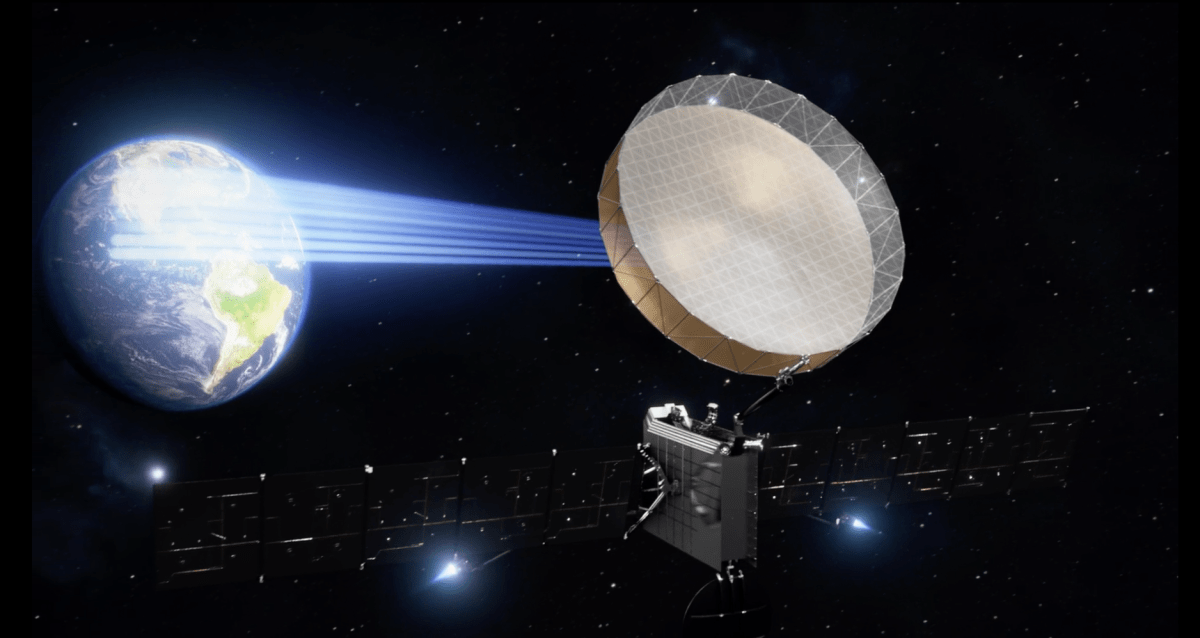Astranis has fully funded its next-generation satellite program, called Omega, after closing its $200 million Series D round, the company said Wednesday. “This next satellite is really the milestone into the next frontier for Astranis,” Megan Sapack, Astranis’ avionics lead, said in a video. Astranis develops and operates small broadband communications satellites in geostationary orbit. […]
© 2024 TechCrunch. All rights reserved. For personal use only.
Astranis has fully funded its next-generation satellite program, called Omega, after closing its $200 million Series D round, the company said Wednesday.
“This next satellite is really the milestone into the next frontier for Astranis,” said Megan Sapack, Astranis’ avionics lead, said in a video.
Astranis develops and operates small broadband communications satellites in geostationary orbit. It has launched several of its first generation satellites, called MicroGEOs, and sells the capacity to local telecoms in countries including the United States, the Philippines, and Mexico. It unveiled its next generation Omega satellites in April, which the company says will provide five times the bandwidth capacity in a similarly small form factor.
The team was able to do this by reducing the amount of power per beam and designing a new, larger reflector. The reflector is folded into a small volume during launch and unfolded on orbit to around the size of a boxing ring. The new spacecraft also includes improved mechanical, thermal and avionics system performance, as well as a longer total lifetime on orbit.
The Omega satellite. Image credit: Astranis
The first Omega will launch in 2026. Each spacecraft will have a ten-year operational life.
Astranis aims to manufacture 24 satellites per year in 2025, a scale that has not been seen before for spacecraft operating in geostationary orbit. While companies like SpaceX manufacture hundreds of spacecraft per year, those satellites operate in low Earth orbit; for geostationary satellite operators, the pace of manufacturing is typically on the order of a single satellite over many years, due to the increased power and size demands. Astranis’ pace has been enabled by the company bringing around 70 percent of the manufacturing component in house.
“Since moving into this new facility, we’ve taken a huge focus on taking the arts and crafts out of satellite manufacturing and transitioning it towards design for manufacturing at a mass scale,” Astranis engineer Payton Case said.
Astranis plans to have over 100 spacecraft operating on orbit by 2030.
The round was led by long-time Astranis investor Andreessen Horowitz’s Growth Fund, co-led by investment firm Balyasny Asset Management, with participation from Blackrock, Fidelity, and Baillie Gifford.

Leave a Reply